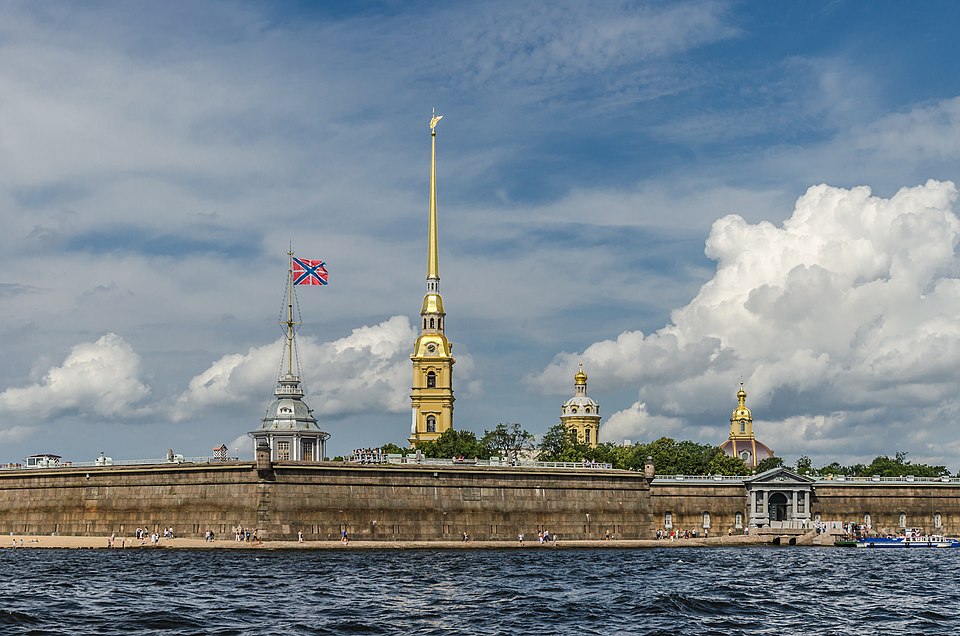

Curated experiences in Санкт-Петербург


The State Russian Museum (Russian: Государственный Русский музей), formerly known as the Russian Museum of His Imperial Majesty Alexander III …

The Admiralty building is the former headquarters of the Admiralty Board and the Imperial Russian Navy in Central St. Petersburg, …

The Peter and Paul Cathedral (Russian: Петропавловский собор, romanized: Petropavlovskiy sobor) is a Russian Orthodox cathedral located inside the Peter …

Saint Petersburg Mint (Russian: Санкт-Петербу́ргский моне́тный двор) is one of the world's largest mints. It was founded by Peter the …

The Grand Ducal Burial Vault (Russian: Великокняжеская усыпальница) is the purpose-built mausoleum of the Grand Dukes and Duchesses of Russia …

St. Petersburg–Baltiysky (Russian: Балти́йский вокза́л) is a railway station in St. Petersburg, one of the busiest railway stations in Russia …

The Alexander Column (Russian: Алекса́ндровская коло́нна, Aleksandrovskaya kolonna), also known as Alexandrian Column (Russian: Александри́йская коло́нна, Aleksandriyskaya kolonna), is the …

The Museum of Electrical Transport is located on Vasilyevsky Island in Saint Petersburg, Russia.



The Stroganov Palace (Russian: Строгановский дворец) is a Late Baroque palace at the intersection of the Moika River and Nevsky …

The Marble Palace (Russian: Мраморный дворец) is one of the first Neoclassical palaces in Saint Petersburg, Russia. It is situated …

Saint Michael's Castle (Russian: Миха́йловский за́мок, Mikhailovsky zamok), also called the Mikhailovsky Castle or the Engineers' Castle (Russian: Инженерный замок, …


The Peter and Paul Fortress (Russian: Петропавловская крепость, romanized: Petropavlovskaya krepost') is the original citadel of Saint Petersburg, Russia, founded …


The General Staff Building (Russian: Здание Главного штаба, Zdanie Glavnogo Shtaba) is an edifice with a 580 m long bow-shaped …

Voskresensky Novodevichy monastery in St. Petersburg, Russia, is a convent of the St. Petersburg diocese of the Russian Orthodox Church …

The Russian Museum of Ethnography (Российский этнографический музей) is a museum in St. Petersburg that houses a collection of about …
Create a personalized itinerary and unlock the finest experiences Санкт-Петербург has to offer
Plan Your Trip